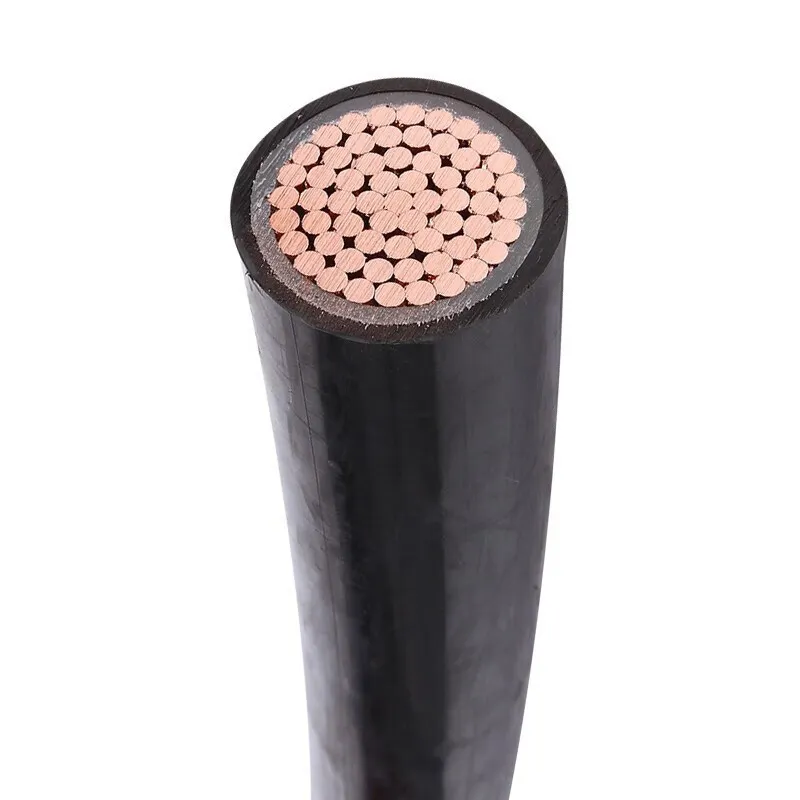Time: 2025-04-21 13:59:44 Source: Henan Province Jianyun Cable Co., Ltd.
Low voltage wiring is used for systems operating below 50V (AC) or 120V (DC), such as lighting, security, and automation, offering safety and energy efficiency. Wiring a low voltage system requires careful planning, proper materials, and adherence to safety practices. This article guides you through the process in three key sections, using a table to outline common low voltage cables and analogies to make concepts engaging.

Low voltage wiring refers to electrical systems operating at voltages below 50V AC or 120V DC, as defined by standards like the National Electrical Code (NEC). These systems are safer than high-voltage wiring (e.g., 120/240V AC) because they pose a lower risk of shock or fire, making them ideal for applications like landscape lighting (12V), doorbells (16V), or Ethernet networks (48V PoE). Common examples include control circuits (e.g., SY cables at 24V) and LED lighting systems.
Low voltage wiring typically uses smaller gauge wires (e.g., 18–12 AWG) and requires transformers or power supplies to step down voltage from a standard 120V source. It’s often installed in homes, gardens, or commercial spaces for energy-efficient, safe operation. Low voltage wiring is like the gentle stream of an electrical river, delivering power safely without the strong currents of high-voltage systems.
Wiring a low voltage system requires specific cables, connectors, and tools tailored to the application and voltage. Below is a table summarizing common low voltage cables and their uses:
| Cable Type | Voltage | Typical Gauge | Use |
|---|---|---|---|
| Landscape Lighting Cable | 12V AC/DC | 16–12 AWG | Outdoor low voltage lighting |
| SY Control Cable | 24–48V DC | 18–14 AWG | Automation, control systems |
| Cat5e/Cat6 (Ethernet) | 48V DC (PoE) | 24 AWG | Networking, security cameras |
| Thermostat Wire | 24V AC | 18 AWG | HVAC controls, doorbells |
Essential Materials:
Selecting materials is like packing for a camping trip—you need the right gear (cables, connectors) to handle the terrain (environment) while keeping things light and safe (low voltage).
Wiring a low voltage system involves planning, installing, and testing to ensure safety and functionality. Below is a step-by-step guide, using a 12V landscape lighting system as an example:
For other systems, like a 24V thermostat, the process is similar but uses multi-core cables (e.g., 18/5 thermostat wire) to connect the thermostat to the HVAC unit, with color-coded wires for functions (e.g., red for power, white for heat). Low voltage wiring is like setting up a network of small streams, channeling gentle flows of power to devices while keeping everything safe and efficient.
Wiring a low voltage system involves operating below 50V AC or 120V DC for applications like lighting, controls, or networking, using cables like 16/2 for lighting or Cat5e for PoE. It requires planning the layout, selecting materials (cables, transformers, connectors), and following steps like running cables, connecting devices, and testing for voltage drop. Common uses include landscape lighting (12V), HVAC controls (24V), and security systems (48V). Proper low voltage wiring ensures safety, efficiency, and compliance with codes, making it a practical choice for energy-efficient installations.
Word count: ~700 words
(Note: This article is based on general electrical knowledge and NEC standards. For specific installations, consult a professional electrician and follow local codes.)